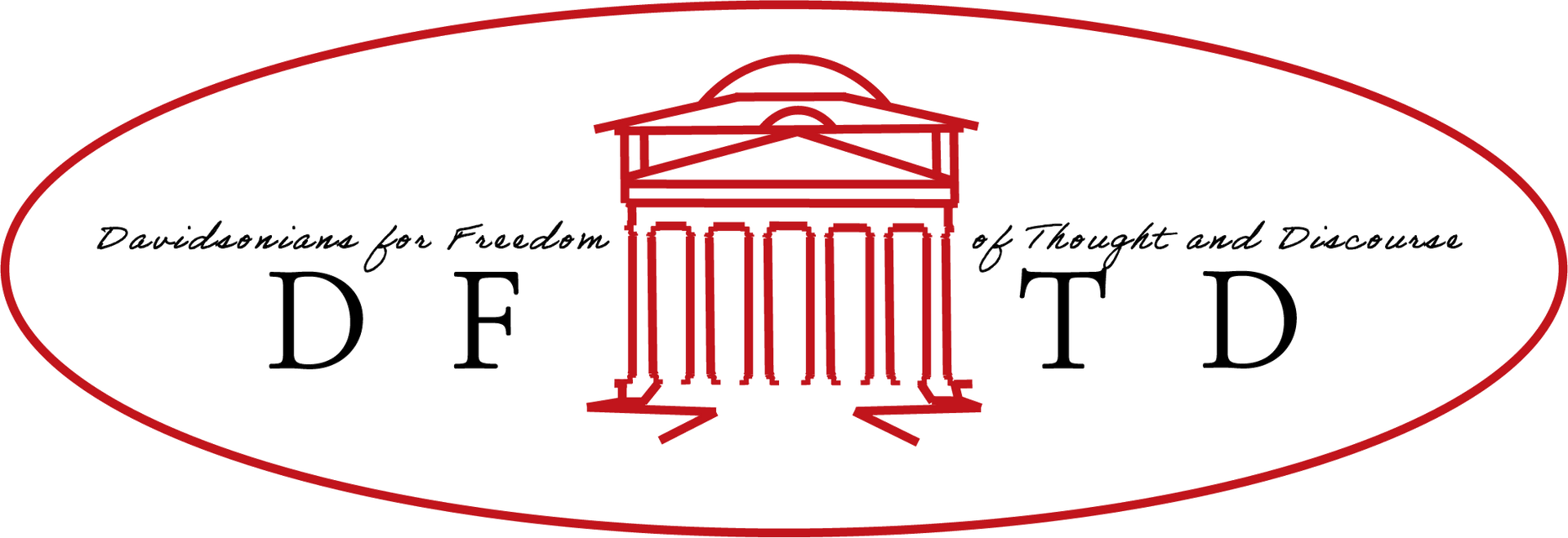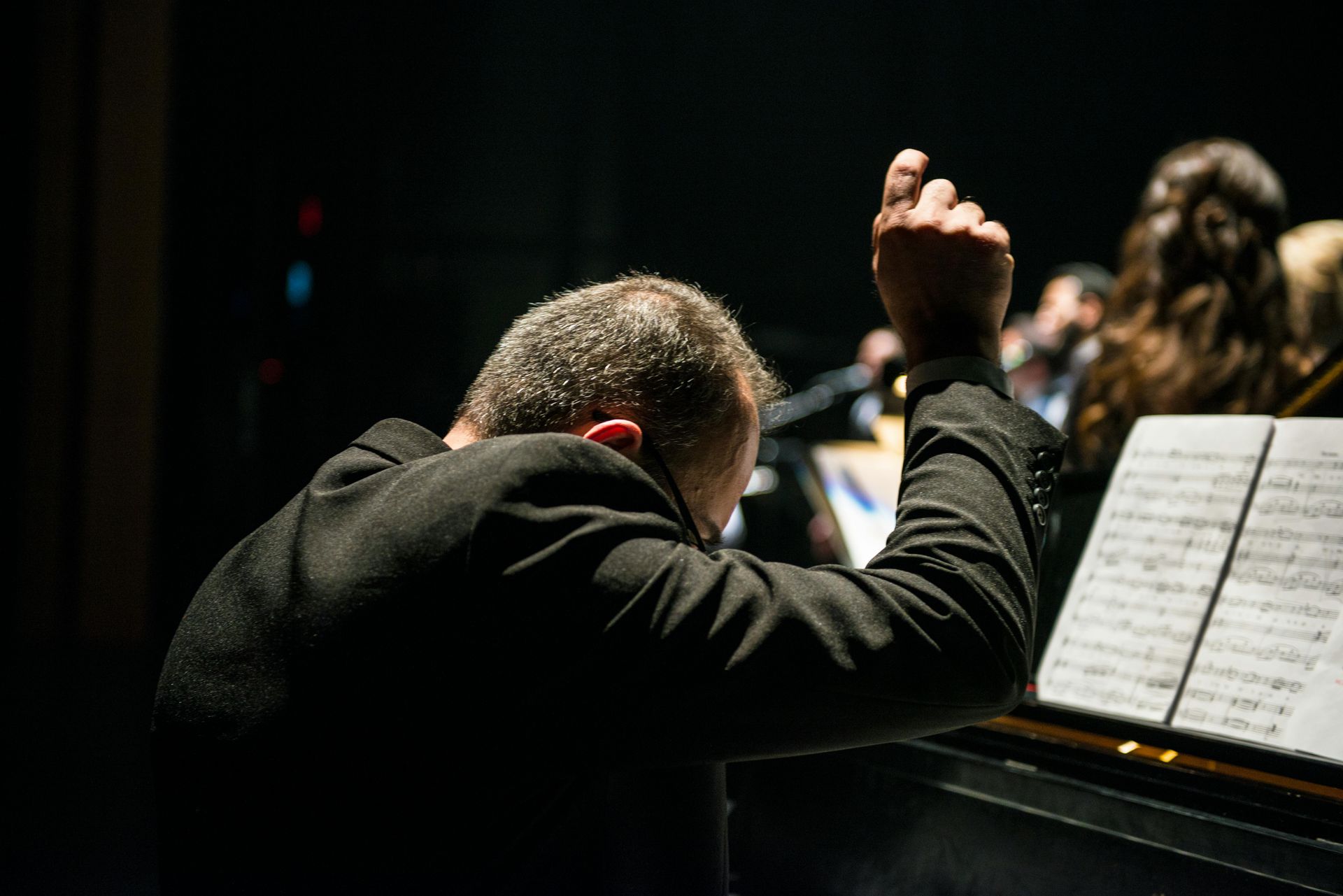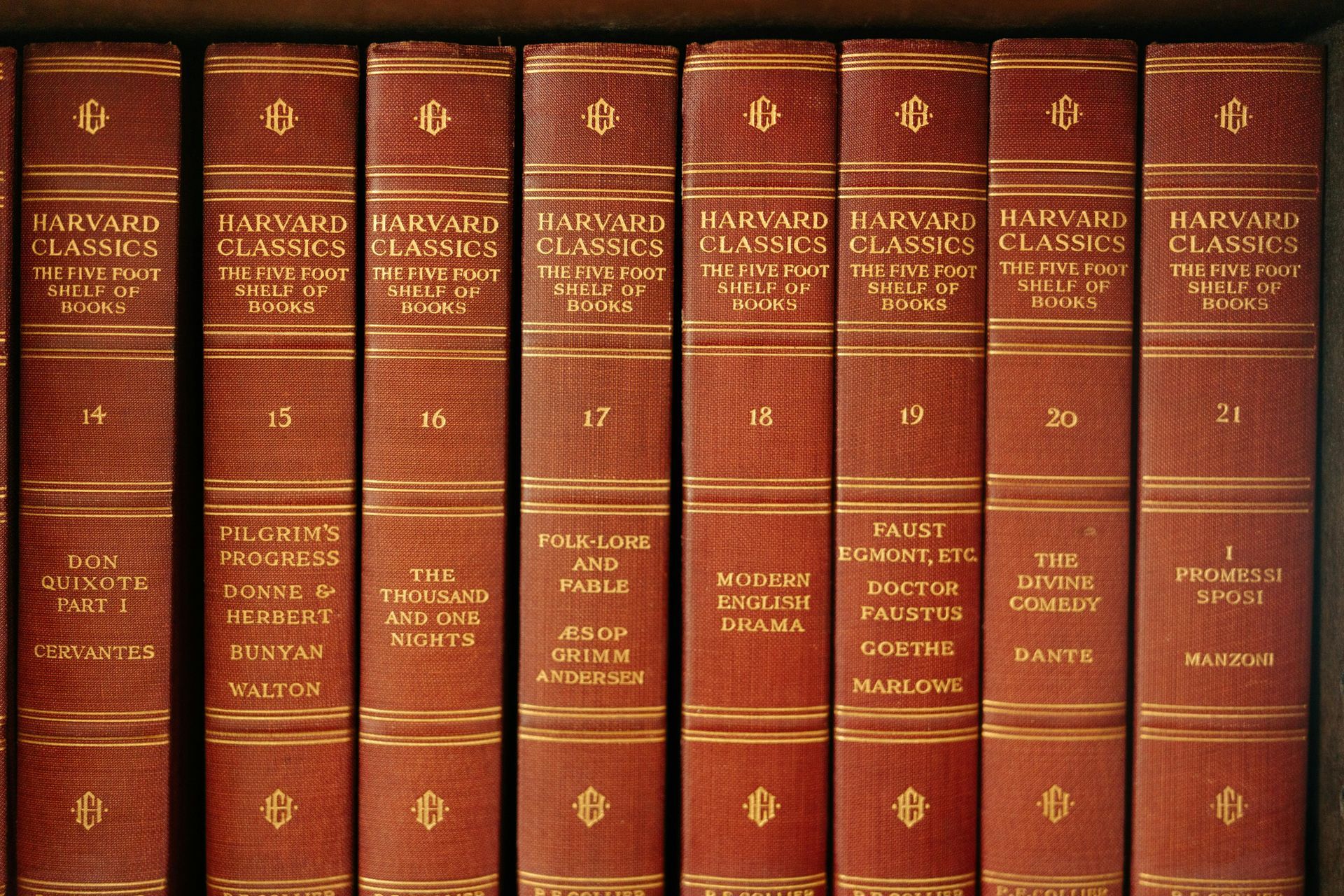No More DEI at the University of Florida
The school closes up the diversity and equity bureaucracy.
By The Editorial Board
The Wall Street Journal
March 1, 2024
A handful of states have been trying to extricate their public universities from the diversity, equity and inclusion (DEI) quagmire. Florida demonstrated on Friday how to do it the easy way by shutting down the DEI bureaucracy.
The University of Florida said it is dismissing all DEI staff, closing its DEI office and halting DEI contracts with outside vendors. The school also announced the laid-off staff would get 12 weeks of severance, and that the $5 million saved from the cost of DEI would go to a “faculty recruitment fund.” That’s a wrap, folks.
The dismissals are intended to bring the university into compliance with a 2023 Florida Board of Governors regulation that says state universities can’t “expend any state or federal funds” to “advocate for diversity, equity, and inclusion.” The University of Florida’s approach is notable because it comes without the backdoor attempts to continue DEI programs under other names.
In an administrative memo, the school said those whose jobs are eliminated are “allowed and encouraged to apply . . . for expedited consideration for different positions currently posted with the university.” That’s a good message: The university takes care of its people as long as they are ready to do the work the school needs for academic success.
It’s encouraging to see a major university get back to its core mission of educating young people in math, physics, engineering, literature and the arts. A special cheer for the end of diversity contractors, the recently growing army of consultants-for-hire who have created an industry instructing universities and companies in the politicized language of identity politics, racial affinity groups, and how to impose hiring quotas without calling them quotas.
In a Weekend Interview with James Taranto in these pages in January, University of Florida President Ben Sasse said he supports “the aspirational best parts of diversity and inclusion.” The problem, he said, “is the E,” meaning the substitution of “equity” for “equality,” which supplants the American idea that equal opportunity is the key to a just society.
The era of DEI arose rapidly in recent years, and it has burrowed itself into institutions across American life. It will take leadership to remove it. Kudos to Florida’s government and now its namesake university for ending what has become a divisive political power grab using race, gender and pronouns as cudgels. Who wants to step up next?



